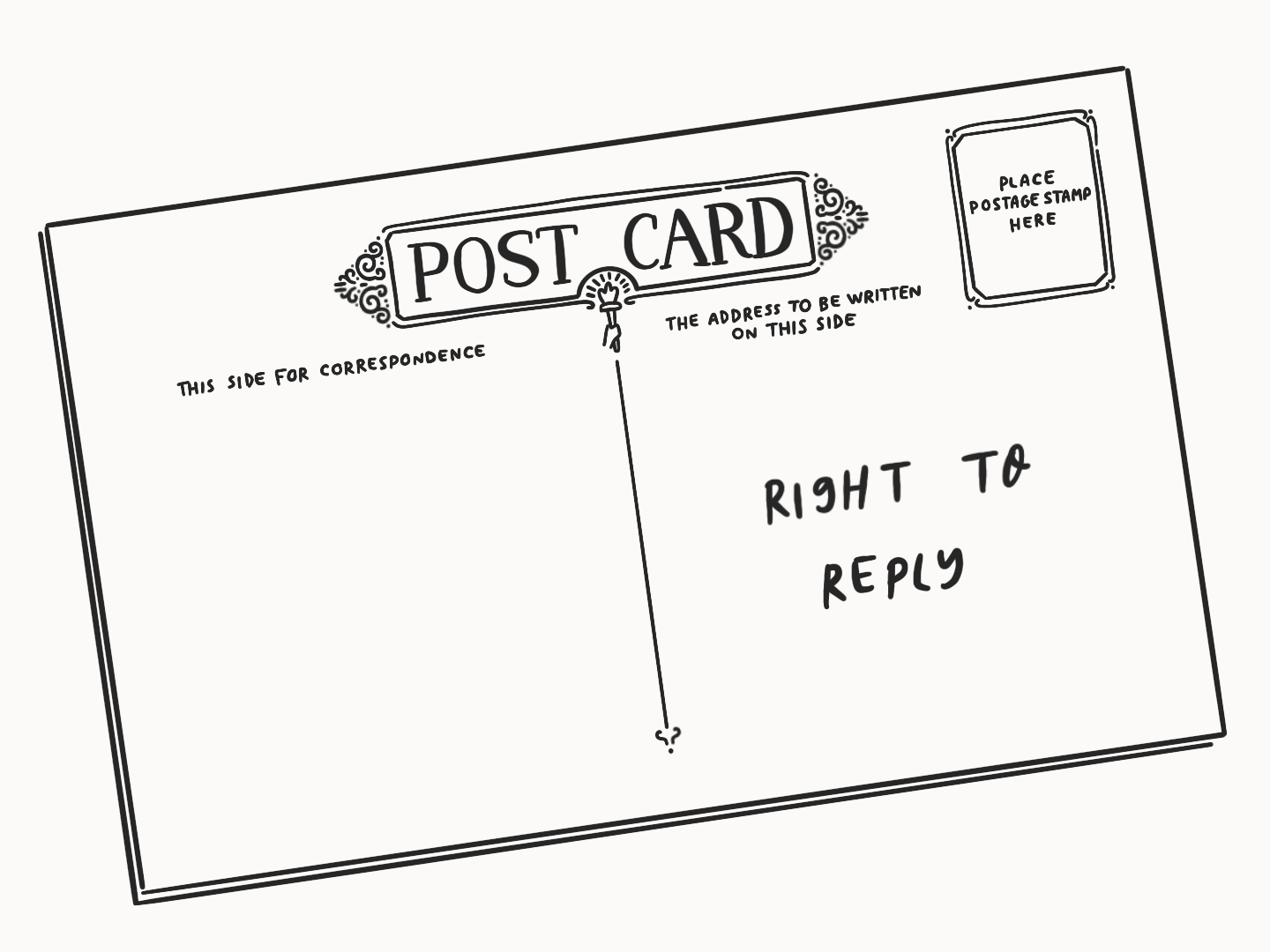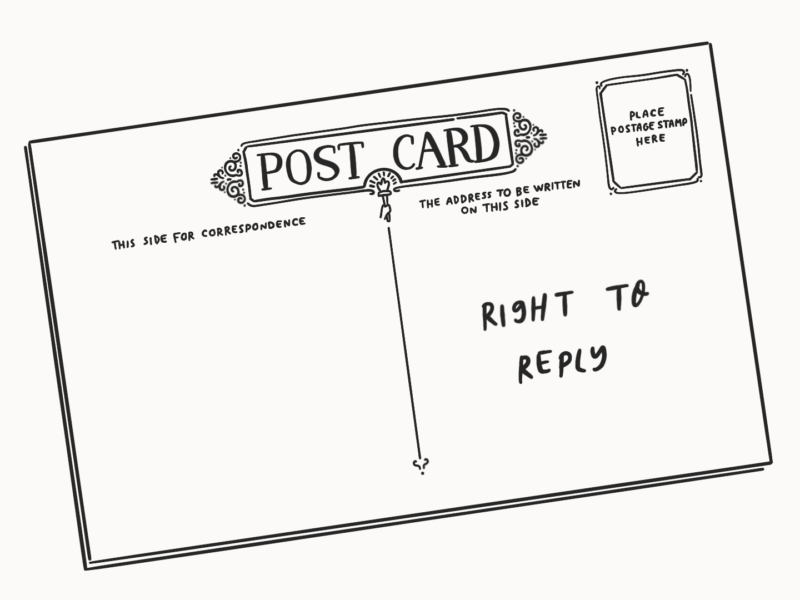I’m built out of pieces of everyone I’ve ever admired and it feels like my research practice is developing in very much the same way. From how I conduct interviews to how I structure write ups to I work with participants, I’m constantly learning from the people around me. Largely, I’d say my research work is still finding its form. I’m trying on hats and seeing how they fit. But there is one thing that seems to have become a solid and distinctive part of how I work already.
I’m a firm believer in the right of participants to reply to research.
We discussed the ethics of an ethnographic approach and people based research in my Goldsmiths anthropology course. In those debates about potential tensions between ethics and morals, about taking the time to be aware the potential consequences of your research, about avoiding harm, and about informed consent, I started to draw my own boundaries, in pencil at least.
When I consider the ethics of my research, I’m not just looking to do no harm and offer true informed consent, but I want to pursue beneficence, research that does good. For me, that often links into a collaborative approach to research and design that empowers participants to shape the future of the services I’m working on.
In order to do that, I try to take my baseline for how I make decisions in session design on the principles of trauma informed care. These are principles that have always rung true for me, but that also acknowledge that there’s always the potential for harm in research just as there is always the potential that someone is carrying harm around with them.
In short, as cribbed from the Wisconsin Department of Health Services, a trauma informed practice values:
- Safety – This includes creating spaces where people feel culturally, emotionally, and physically safe as well as an awareness of an individual’s discomfort or unease.
- Trustworthiness – This includes providing full and accurate information about what’s happening and what’s likely to happen next.
- Choice – This includes the recognition of the need for an approach that honors the individual’s dignity.
- Mutuality – This includes the recognition that [good inclusive design] happens in relationships and partnerships with shared decision-making.
- Empowerment – This includes the recognition of an individual’s strengths. These strengths are built on and validated.
The right to reply fosters a sense of safety because participants are empowered to know they will ultimately have a say in what the research looks like. It gives them a choice in how they are represented. Taking a transparent approach to report writing builds trust and ultimately acknowledges that you’re working together in partnership.

As much as possible, I take a collaborative approach to research and design. I’ve been so fortunate to work with some brilliant advocates for co-design and true human centred practice approaches. Working collaboratively is cultural as well as process driven, and it should, in my opinion, be foundational. The right to reply is just a tiny piece of that foundation.
Giving participants the opportunity to respond to research outputs directly, as well as involving them in a wider co-design programme, has helped build a solid research network. I’ve found the small effort of allowing participants to be part of shaping the narrative of our sessions together has given them confidence in the work we’re doing.
Whether interviewing people who have sought asylum about their legal journeys or colleagues about their views on career progression, I never want my voice as report author to overwhelm theirs. I want to be able to elevate their voices then work together to produce some harmony that can be used as an anthem for change.
On a more practical note though, the right to reply just helps you maintain accuracy. It gives experts an extra chance to share their expertise and participants sharing personal stories a moment to feel comfortable with what’s said.
One of the things I love about user research is being able to acknowledge, very openly, that you don’t know the answers and actively welcoming help. Whenever you set up time to learn from someone during research, it feels like you’re saying let’s work together to make something a little better, I can’t do it without you.
But there’s careful work involved in making the right to reply work.
First, you have to make clear that responses are optional. Replying shouldn’t feel like homework for a participant, it should be part of a collaborative approach, if a participant wants to collaborate, and not everyone does. I like to explain that I’ll send over my notes as I take someone through any consent forms and part of the next steps at the end.
Second, there’s a little bit of extra thinking that needs to go into how you structure the notes you share. Knowing that your participants are going to read your notes changes how you think about them. For me, it’s made me even more conscious of being accurate and neutral in my reports and observations, then making sure I clearly frame an analysis or thoughts. My write ups are about being a representative voice of the appellant, which is making me slow down on my analysis taking each step as it comes.
Third, you have to have a way to incorporate the feedback. It can’t be a hollow action. Personally, I make small updates straight into our shared notes space, e.g. if I’ve misheard someone’s title, and just track the changes. Our research is ongoing, so I have to worry a little less about ensuring a final publishable version. But any new points, especially if I haven’t covered them in a face-to-face run through of the research, I call out as direct addendums.
I don’t think it’s a method that works in every situation. I’ve yet to find a way to build a space for response into user testing, for example. I’m not sure that many people would be all that interested in my notes on their missing a button we’d just turned from green to grey. I also don’t know how much value a response from a user would add to those notes. Instead, we try to test multiple iterations or be part of private beta launches, that way they can give more feedback and see the impacts of their insights on services.
I’m confident the right to reply will continue to be a feature of my research practice, but I’m also confident that how I use it will change and evolve, because I’m changing and evolving.


